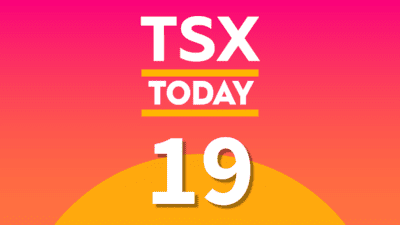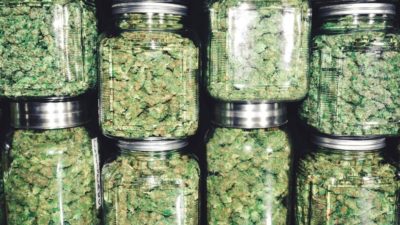I recently read an investment newsletter that recommended Wajax Corp. (TSX:WJX) stock and its hefty 4.8% dividend yield; it’s thesis suggested that its current restructuring plan has returned the heavy equipment sales and rental company to profitability, thus making its stock a buy.
Certainly, Wajax, like a lot of businesses dealing with the energy sector, has taken it on the chin the past couple of years as a result of falling oil prices.
It’s this setback that forced CEO Mark Foote to implement its restructuring plan, which was announced on March 1, 2016, and would see the company move from three separately operated business segments (Equipment, Power Systems, Industrial Components) to one cohesive unit with a sales division and a rental division servicing all three former units in an effort to make it a leaner organization.
On an annualized basis, Wajax expects to generate $17 million in permanent savings in 2017 and beyond. That’s about $0.85 per share, which goes a long way to delivering it back to its formerly profitable ways.
What’s not to like?
As a result of the 2016 cost savings, Wajax reported GAAP earnings of $0.55 per share in 2016 — considerably better than the $0.59 loss a year earlier. Trading at 14.5 times its estimated 2017 earnings of $1.46 per share and 12.2 times its 2018 earnings of $1.73 per share, a 4.8% yield seems pretty inviting; a rebound in the oil and gas industry would certainly add to that.
That’s the positive side of this small-cap coin.
However, before you buy its stock, you’ll want to look more closely at its debt situation and leverage ratio before committing your hard-earned dollars to Wajax stock. Here’s why.
The leverage ratio is generally defined as net debt divided by EBITDA; Wajax defines it as debt (including letters of credit) divided by adjusted EBITDA. Every company does it slightly differently. The important thing is that you remember to define it the same way whether you’re comparing two companies or two separate periods of time for a single company.
So, let’s consider Wajax’s leverage ratio at the end of 2016.
It finished fiscal 2016 with total debt of $132.4 million and adjusted EBITDA of $64 for a leverage ratio of 2.07. Now, let’s consider its leverage ratio from five years ago. It finished fiscal 2011 with a leverage ratio of 0.7, or about two-thirds its 2016 ratio. That means it was relying far less on debt to operate and grow its business back in 2011 than it is today.
Because Wajax is just returning to profitability, it’s more useful to compare its price-to-sales (P/S) ratio in both years. Currently, Wajax has a P/S of 0.3; in 2011, it was 0.5. However, five years ago, Wajax was generating more EBITDA profit from less debt; not to mention stocks generally weren’t nearly as overpriced as they are today.
In 2012, you could have bought Wajax stock with a dividend yield higher than 7%, despite it trading at an all-time high of $53.43. Today, you’d get one-third less the yield at a much greater risk because of the extra debt.
Whether you’re considering a small-cap stock like Wajax or a big company such as BCE Inc. (TSX:BCE)(NYSE:BCE), it pays to compare the leverage ratio at different times in a company’s history to see if you are undertaking too much risk for the reward.
In the case of Wajax, I believe you are.







